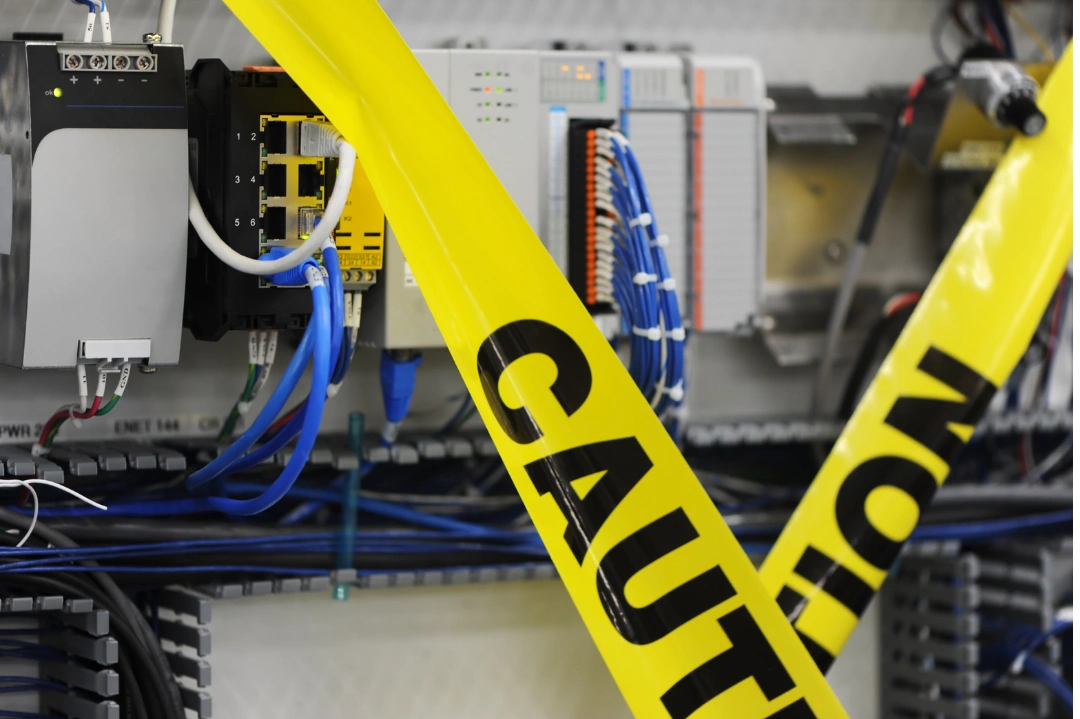
Common Types Of Hazards In The Workplace And How To Manage Them
Lone workers are uniquely at risk in a workplace. With no one around to help them if something goes wrong, even a minor incident could have major outcomes. That’s why employers have a big responsibility to spot potential issues where they work while providing ways to safeguard against them. Anyone with lone workers in their employ should be able to recognize the common types of workplace hazards and develop strategies to manage them. Find out what these are and what to do about them to keep your employees safe.
The Importance Of Hazard Awareness For Lone Workers
Lone workers face unique challenges that make being aware of hazards even more important for their safety and compliance than for other types of workers. Unlike those in team settings, lone workers often operate independently in remote or isolated areas, which means they might not have immediate help during emergencies. This increases the risks they face on the job.
Employers and employees must develop the skill of recognizing the types of hazards lone workers might encounter. Awareness helps identify potential threats and develop effective safety protocols. It's the first step in reducing risks and ensuring compliance with safety regulations, essential for protecting lone workers.
Types Of Hazards Lone Workers May Encounter
Lone workers often face a variety of hazards, each unique to their work environment. Recognizing these hazards helps create effective safety protocols for every work environment. Employers can develop strategies to enhance safety and reduce potential dangers by understanding the specific risks of lone workers.
Physical Hazards
Physical hazards are a common concern for lone workers, often linked to the physical conditions of their work environment. These can include operating machinery, which poses injury risks if not properly managed, as well as slips, trips, and falls in areas that are not well-maintained. To address these issues, employers should ensure regular equipment maintenance and keep workspaces tidy and obstacle-free. Providing appropriate safety gear and thorough training on equipment use is also necessary.
Environmental Hazards
Environmental hazards can greatly affect lone workers, particularly those in outdoor or remote settings. Extreme weather conditions like heat waves, cold snaps, and storms can pose serious health threats for those caught outside on the job. Additionally, isolated locations might expose workers to wildlife or challenging terrain. Employers should equip workers with weather-appropriate clothing and gear, establish emergency response plans, use GPS tracking to monitor worker locations, ensure prompt assistance when necessary, and provide training for navigating the environments they will be working in day-to-day.
Chemical Hazards
Lone workers face chemical hazards when they handle hazardous substances or come into contact with cleaning agents, industrial chemicals, toxic waste, or fuel. These exposures can lead to health issues like respiratory problems or skin irritation. Employers must adhere to safety regulations by providing personal protective equipment, offering regular training on safe chemical handling, and ensuring that material safety data sheets are readily available to all employees. They should also have protocols in place to deal with accidents like spills.
Biological Hazards
Biological hazards are particularly relevant in sectors like healthcare, agriculture, and waste management, where workers might encounter infectious diseases or harmful organisms. For lone workers, the absence of immediate assistance increases the risk of bad outcomes. Employers should enforce strict hygiene protocols, offer vaccinations when necessary, and train workers to recognize and respond to biological threats. Regular health screenings and access to medical support are essential components of a robust safety plan, providing regular check-ins for workers to monitor their health around these hazardous conditions.
Psychosocial Hazards
Psychosocial hazards impact the mental health of lone workers, including stress, isolation, and the risk of workplace violence. These issues can lead to reduced job satisfaction and increased health problems. Employers should create a supportive work environment to lessen the strain on employees, promote regular communication, and provide access to mental health resources for those who need them. Technology solutions like check-in systems can help mitigate feelings of isolation by keeping workers connected.
Best Practices For Managing Lone Worker Hazards
Employers should adopt a multi-faceted strategy that prioritizes prevention and preparedness to manage the hazards their workers may encounter effectively. This starts with a thorough risk assessment that evaluates each work environment's conditions and potential dangers. These assessments should be regularly updated to reflect any changes in operations or external factors that might introduce new risks.
Training is another cornerstone of effective hazard management. Employers should provide comprehensive and ongoing training programs that cover all aspects of workplace safety, from recognizing hazards to emergency response procedures. Trainers should tailor this training to the specific challenges lone workers face, equipping them with the knowledge and skills they need to handle unexpected situations confidently.
Incorporating technology can significantly enhance the safety of lone workers. Employers should leverage tools such as GPS tracking, emergency alert systems, and wearable safety devices for real-time monitoring and rapid response to incidents. These technologies provide a safety net for workers and offer peace of mind, knowing that help is just a call away.
They should also foster a culture of safety within the organization. Employers should encourage open communication about safety concerns and actively involve workers in developing and refining safety protocols. The best safety solutions come from those involved in the work, giving them invaluable insight into the practical challenges of the job and how to mitigate them. Organizations can empower their employees to identify and mitigate risks proactively by creating an environment where safety is a shared responsibility.
Conclusion
Employers must understand and address the hazards lone workers face in their workplaces to ensure their safety and well-being. It’s the organization's responsibility to implement comprehensive safety measures for the specific risks associated with their industry and work environment. Making it a policy to prioritize hazard awareness, conduct regular training, and utilize technology solutions can create a safer workplace for lone workers. Ongoing education and vigilance are also needed to maintain a culture of safety and compliance, ultimately protecting both employees and the organization.
Read More From the Lone Worker Blog
Using Total Recordable Injury Frequency To Assess Your Safety Policies

Total Recordable Injury Frequency (TRIF) offers a clear way to evaluate the effectiveness of your company’s safety measures. It tracks how often workers experience recordable injuries, providing valuable insights into risk levels across your operations. TRIF becomes even more meaningful for employers.
Read MoreHow To Send A Check-In Message To Your Lone Workers

Effective communication is a critical component of any workplace safety strategy, especially when it comes to lone workers.
Read More


